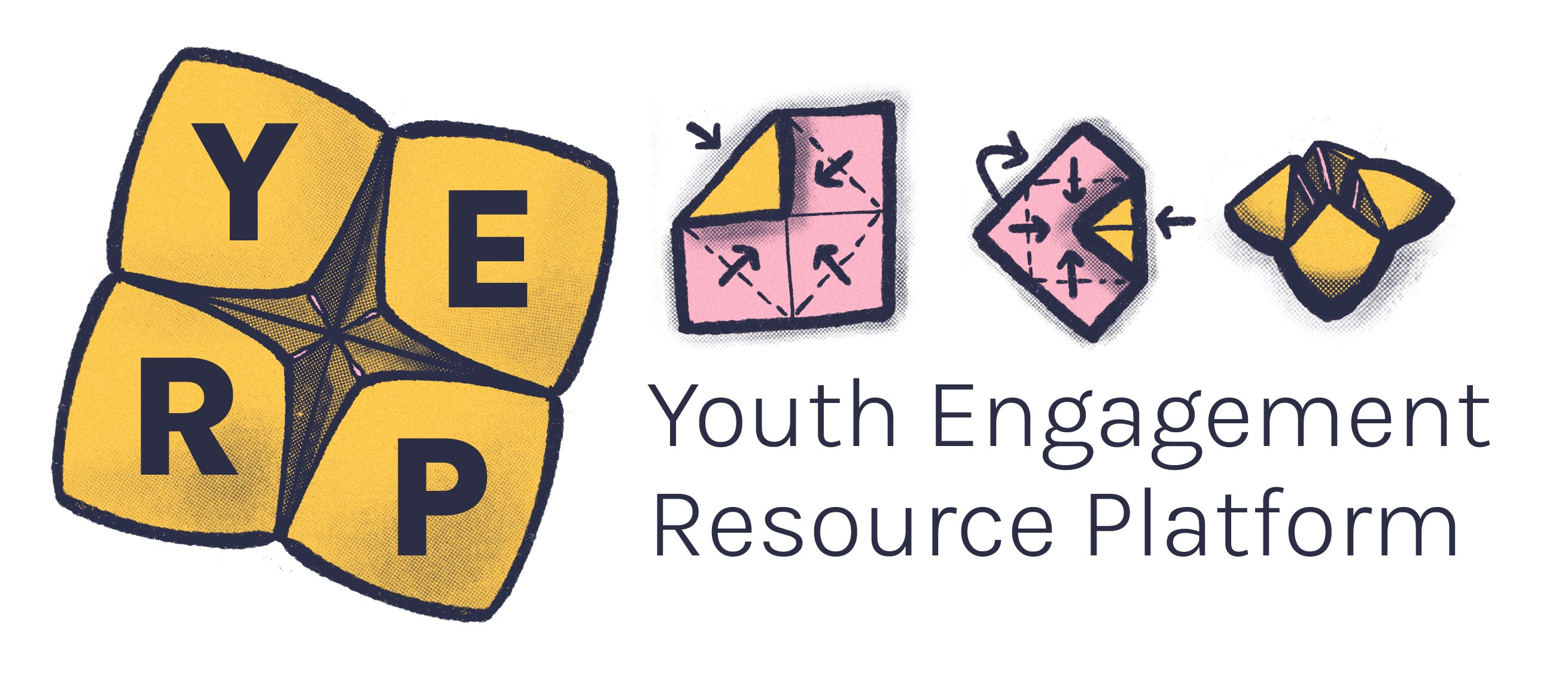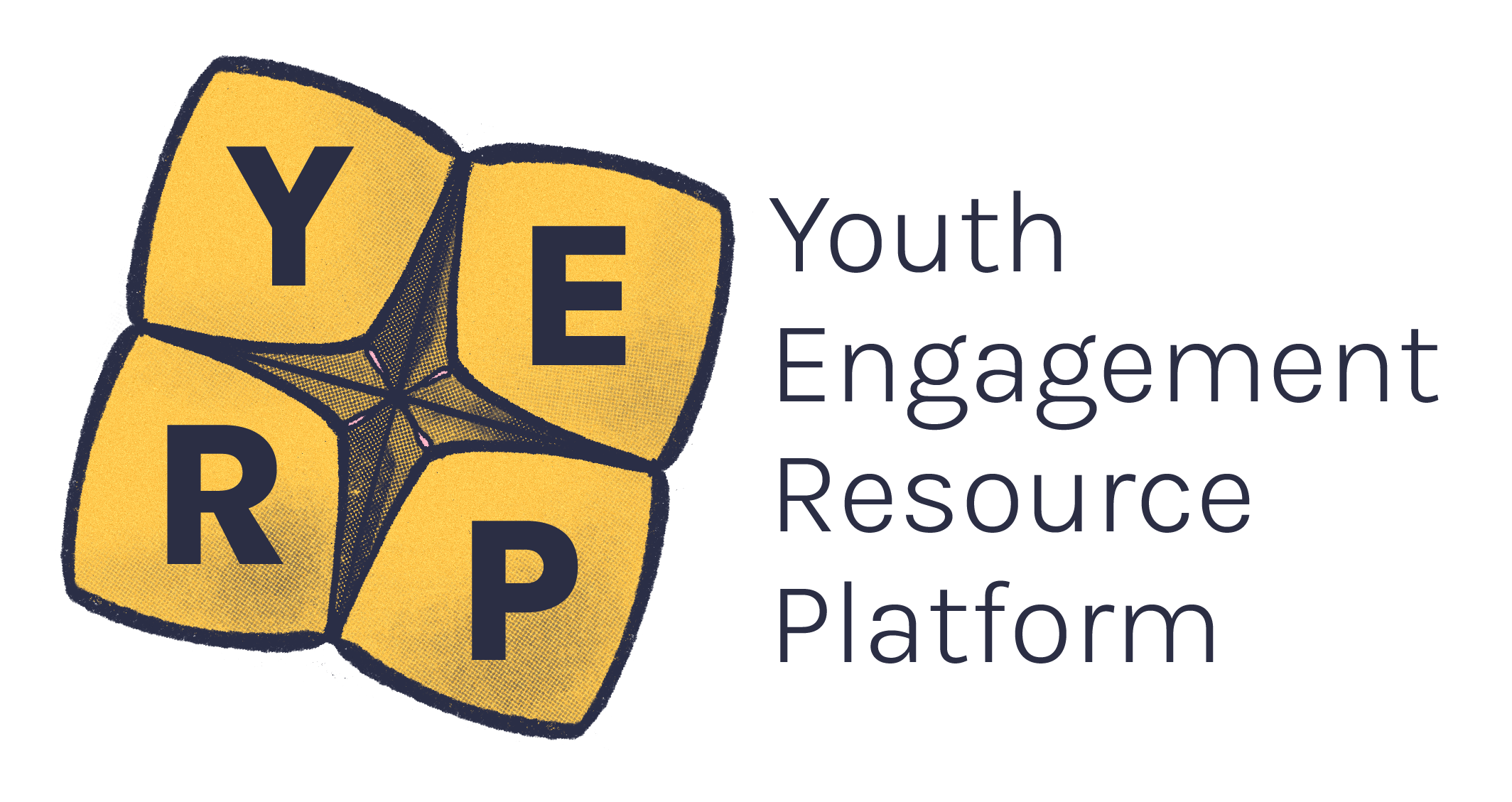As with any role that involves working with young people, workers will find themselves faced with a power imbalance between themselves and the young people they work with.1
For example, young people may look to workers to provide support and care and workers have the option to provide or withhold that support and care.1 It’s crucial to be aware of this so that you can do your best to minimise potential disempowerment or contribute to negative experiences that a young person may have had in the past.2
A power imbalance occurs when one person or group has the ability to make decisions or changes for another person or group without their input or consultation.3 This is problematic when a person or group is unable to defend their own interests and is made to do what they would otherwise not want to do, or are deliberately denied the support they need.1
The power dynamics that occur in youth work are not inherently bad or good. It just depends on the circumstances, your understanding of them, and how you manage the power given to you.
Formal power
Your ability to make decisions about programing, rewards and punishments, and all sorts of factors that have an influence on young people is inherent in your role as a youth worker.1
Expert power
As a youth worker, you’re trained to understand relationships, behaviors, cognitive processes, and emotions at a high level.1 Adults can also be generalised as holding more knowledge and expertise than young people purely as a result of their age. Be aware and critical of Systemic discrimination against young people based on the assumption that adults are better than young people, and are entitled to act upon young people without their agreement.adultist ideas that can potentially result in Action that limits a person's or group's freedom or responsibilities. It is intended to promote their own goodpaternalism.
Institutional power
You’ll likely be working for or representing an organisation, service, or institution that will be supporting you in your decisions and work. This support provides you with significantly more power than an individual young person.1
Informational power
Generally, you’ll know more about a young person’s personal life than they’ll ever know about you. You’ll at least have some information about their background and the circumstances of their life that led them to your program.
One of the essential parts of youth work is to facilitate the empowerment of young people.2 Sharing your power as a youth worker will improve your relationships and the likelihood of positive outcomes as a result.
Here are some ways you can create supportive and empowering spaces for young people:1,3
- Support young people to own the spaces they occupy like initiating youth-led programs, or encouraging young people to take the lead.
- Recognise and show value for the contribution of young people by making use of their ideas in order to create a sense of belonging.
- Provide mentorship and build the capacity of young people to ensure they feel comfortable and capable.
- Create spaces and advocate for the inclusion of young people in internal processes and policies.
- Create leadership positions for young people such as in management teams or on Boards of Governance.
A framework that assumes the person you are working with has experiences of trauma, and incorporates several principles to create safety and support this.Trauma-informed practice takes a person-centred and strengths-based approach to create a system of care that focuses on building trust, safety, and collaboration with young people that’s sensitive to the impacts of traumatic experiences.2
This approach considers how trauma has impacted young people’s current ways of coping, and views them as possessing strength and resilience in the face of great adversity.4
Trauma informed practice is commonly outlined as six principles: collaboration and mutuality, empowerment, voice and choice, safety, trustworthiness and transparency, peer support, and responsiveness to cultural, historical, and gender issues.5
Collaboration and mutuality2,5,7
- Sharing of power in the relationship between a young person and worker.
- This encourages workers to allow the young person to tell their story in their own words, acknowledging that the young person is the expert of their own life experience.
- Giving excessive advice is discouraged as this positions the worker’s knowledge as having higher value which can contribute to an unequal power dynamic.
- This is particularly important in the context of working with trauma-survivors as there’s the possibility of a young person instinctively giving control to the worker.
- Youth workers should create a space where young people feel confident to question and determine their own care.
Empowerment2,7
- Creating opportunities where a young person feels capable of achieving their goals and overcoming challenges.
- Creating a sense of An individual's belief in their ability to act in the ways to reach specific goalsself-efficacy is important in helping a young person build belief in themself. An example of this could be through reframing their current trauma responses as logical and valuable and which can be built on to create more sustainable and comfortable coping behaviours in the future.
Voice and choice2,4,5
- Young people have access to information about their options so they’re able to make informed decisions.
- It can also refer to the worker asking a young person for their personal preferences and input on how they want to work together in sessions. For example, identifying goals they would like to prioritise or where they would like to meet.
- Being provided with choice allows young people to experience a sense of control and power which can contribute to feeling safer and more secure in their lives.
Safety, trustworthiness and transparency2,4,5
- Highlights the importance of a worker co-creating a space with the young person where they can feel safe emotionally, relationally, and physically.
- Ensuring the environment and communication is warm, inviting, and friendly and ensuring stability and predictability within the relationship and the environment.
- An important aspect of this is the trust that’s developed over time.
- Being transparent helps to eliminate any ambiguity about the service delivery and helps build trust between the young person and the worker.
- Transparency ensures that the young person has access to information concerning them, as well as being informed on areas such as confidentiality, and the processes involved in the service they’re engaged with.
Peer support2,4
- Involving those who have similar lived experience to the young person you’re working with.
- Peer support or lived experience workers provide unique and invaluable insight and compassion for those experiencing trauma similar to their own.
- This sense of solidarity assists in a young person’s healing or processing journey.
- Lived experience and peer support workers should be provided with adequate training and support for the work that they do to avoid their own personal re-traumatisation or burnout.
Responsiveness to cultural, historical, and gender issues2,5
- Being aware of various forms of discrimination and oppression and how this can result in trauma for the young person and/or the impacts of intergenerational trauma.
- Engaging in self-reflection is important so you don’t replicate unequal and oppressive power structures in practice.
- Meunier, P. (n.d.). Power Dynamics in Youth Work. The Professional Youth Worker; Youth Intervention Programs Association (YIPA). Retrieved January 8, 2024, from https://training.yipa.org/blog/power-dynamics-in-youth-work/
- Hickle, K 2020, ‘Introducing a trauma‐informed capability approach in youth services’, Children & Society, vol. 34.
- Kwamboka, B. (2022, August 17). How to navigate youth-adult power imbalance in human-centered design and adolescent and youth sexual reproductive health (HCD+AYSRH) interventions to inform better outcomes for youth. HCDExchange; HCDExchange. https://hcdexchange.org/how-to-navigate-youth-adult-power-imbalance-in-human-centered-design-in-adolescent-and-youth-sexual-reproductive-health-hcdaysrh-interventions-to-inform-better-programme-outcomes-for-youth/
- Wall, L., Higgins, D., & Hunter, C. (2016). Trauma-informed care in child/family welfare services. In aifs.gov.au (pp. 1–19). Australian Institute of Family Studies . https://aifs.gov.au/sites/default/files/publication-documents/cfca37-trauma-informed-practice_0.pdf
- Scanlan, F., Farrelly-Rosch, A., & Nicoll, H. (2018). What is trauma-informed care and how is it implemented in youth healthcare settings? In Orygen (pp. 1–7). Orygen. www.orygen.org.au/Training/Resources/Trauma/Clinical-practice-points/What-is-trauma-informed-care-and-how-is-it-impleme/orygen_Trauma_informed_care_CPP
- Levenson, J 2020, ‘Translating Trauma-Informed Principles into Social Work Practice’, Social Work, vol. 65, no. 3.





